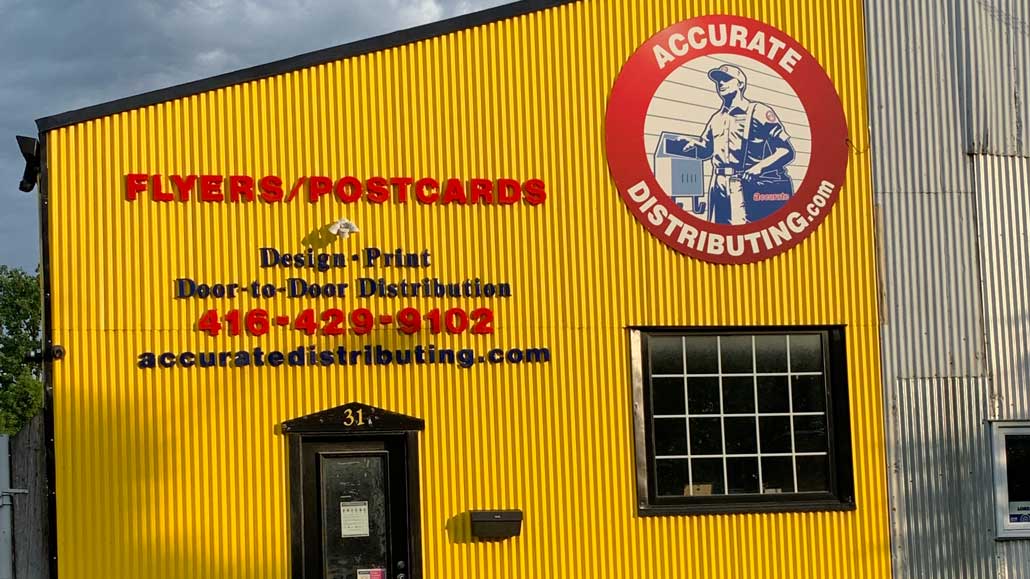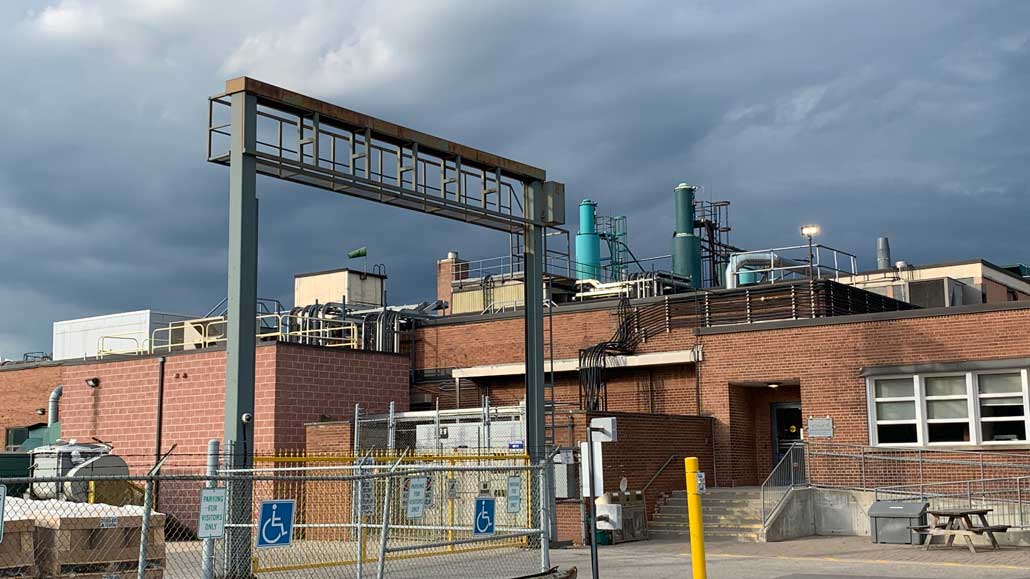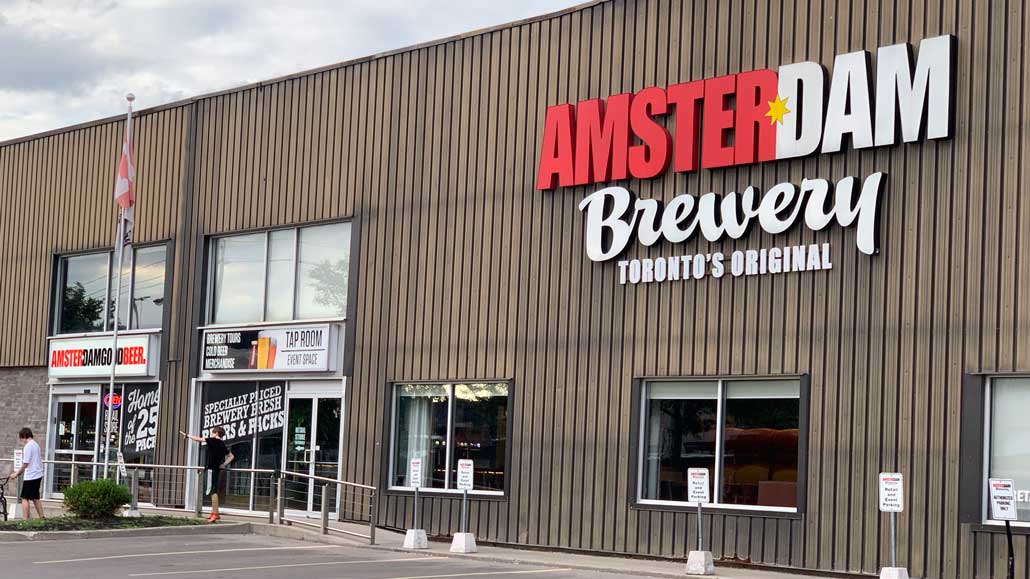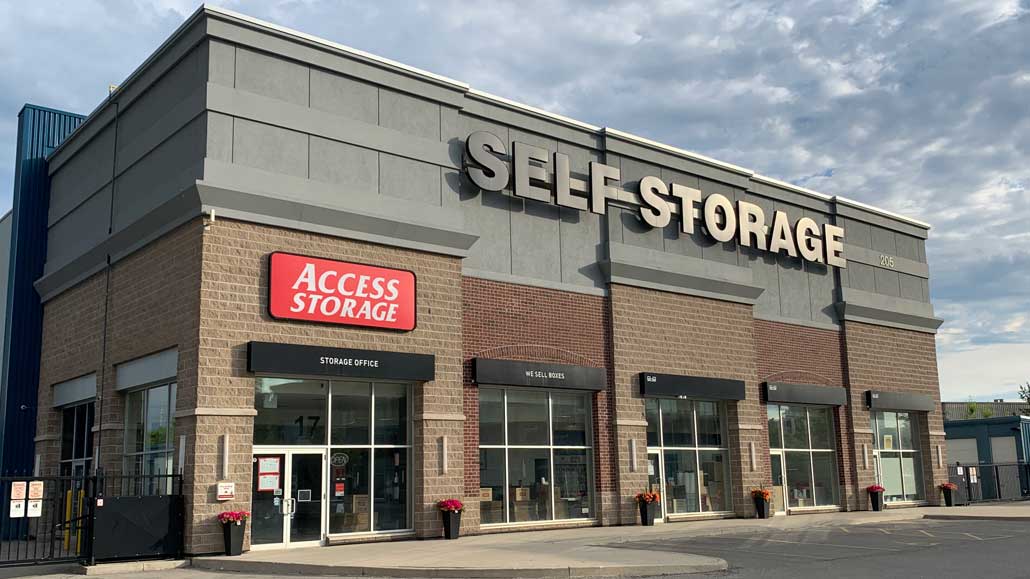The Leaside Business Park is an evolving community with many stories to share from its vibrant past with even more stories to feature in its promising future. We can’t wait to tell them all. With this issue, Leaside Life launches a regular column exploring life at the park.
Leslie Kellen, current president of the Leaside Business Park Association (LBPA), is a passionate leader who generously shared with us the association’s plan to achieve a bright future for this important Leaside neighbourhood:
What is your vision for the Leaside Business Park?
The vision is for the community to be collaborative, to be healthy, vibrant, and to continue to grow and evolve. The way that the community is going to prosper is going to look different depending on the lens that you’re viewing it through. If you’re looking at it through the business lens of a historic, industrial, heavy manufacturing business, it’s important that you maintain the right to operate your business in ways that require truck traffic and in ways that require potentially having smokestacks and specific distribution requirements. If you’re looking at it as a retail business, then factors like increased density, foot traffic, a healthy and vibrant sidewalk, transportation systems, and commercial offices become important. We work closely with the Leaside Heritage Preservation Society, and from their lens, preserving the great history of the area and making sure that it survives the generations to come is important. And then you look at the residential view: we also work closely with the Leaside Residents Association on the kinds of things that are important to residents for a healthy community now and in the future. I see us playing a really key role in being able to advocate across all stakeholder groups for what’s important, ultimately creating a symbiotic relationship among all of us.
Because the LBP is such an old industrial area, it has quite a few brownfield sites. How do you think this affects potential business owners from moving into the area and redeveloping it?
The costs of possibly remediating contaminated lands are going to be factored into anyone’s underwriting when they’re looking at making an investment or moving in. I don’t think that brownfield sites are unique to Leaside or Toronto. It really comes down to what the cost for cleaning that contamination is going to be, and how to best mitigate those challenges to have a successful business.
As the LRT construction comes to a close and more people look into finding business areas along that transit line, do you think that the Leaside Business Park’s brownfield sites will deter possible investors?
People will be able to work around brownfield sites and the LBPA will still be able to boom as the LRT line finishes up because there’s nothing about the LRT line specifically that’s making the sites more contaminated. If anything, the areas on the periphery of where the LRT line work is taking place are being cleaned up to a much higher standard than they were originally. Businesses that are going to move into the area are going to improve upon those sites as well. When you’re talking about development in the area, not only would brownfields not dissuade anyone from moving in, but there is a tremendous community benefit in cleaning up these sites.
Future issues will profile individual businesses as well as examine important issues in the business park.
Some businesses in the Leaside Business Park.
History of the Leaside Business Park, Wikipedia-style
Birth: Born in the late 1800s, the valuable land and community we live in now was initially bought for transportation purposes. Ontario and Quebec railways purchased the current Leaside land to place maintenance shops and train stations. As the popularity and potential of this small railway port grew, it was eventually rebought with the intention of repurposing to become a new town. In 1913, the town of Leaside was established along with Canada’s first planned industrial development park: the Leaside Business Park.
Adolescence: Canadian Wire and Cable, a major contributor to the town’s success, moved in during Leaside’s founding year. They brought with them a bank, jobs, and housing for employees, playing an invaluable role in developing Leaside’s economy for the first few decades. The small town grew to accomplish great goals, creating “record quantities of munitions for British and U.S governments” and housing an airfield which achieved “the first regular air-mail service in North America,” according to the LBPA’s website and based on the text titled Leaside by former city councillor Jane Pitfield.
As the town flourished and merged with neighbouring small municipalities to form the City of Toronto, its industrial roots remained true to themselves, providing a dynamic and lively community for the Leaside area.






